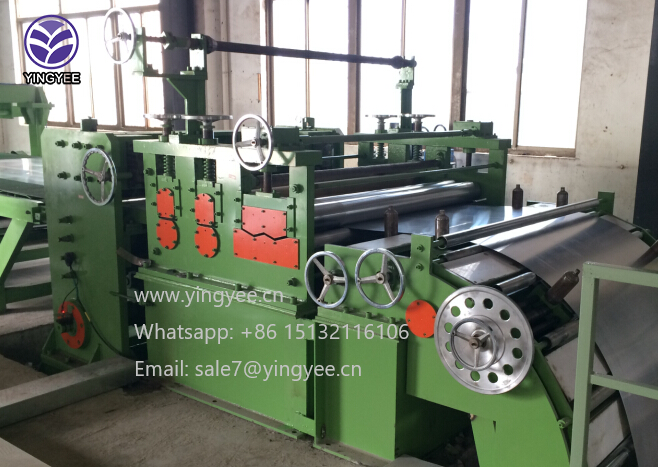Understanding U-Shape Frame Forming Machines
In the realm of metal fabrication and structural engineering, U-shape frame forming machines play a critical role. These specialized machines are designed to manufacture U-shaped metal frames, which are extensively used in various applications, including construction, automotive, and furniture industries. With the growing demand for precision-engineered components, understanding the intricacies of U-shape frame forming machines becomes imperative for manufacturers striving for quality and efficiency.
What is a U-Shape Frame Forming Machine?
A U-shape frame forming machine is a type of metal forming equipment that processes flat metal sheets into specific U-shaped profiles. Typically made from steel or aluminum, the raw material is fed into the machine, where it undergoes several stages of bending, cutting, and welding to achieve the desired shape. The machine operates using a systematic process that ensures accuracy and repeatability, facilitating high production rates and reduced waste.
Key Components and Working Mechanism
The core components of a U-shape frame forming machine include
1. Material Feed System This system ensures that the metal sheets are fed into the machine with precision. It usually comprises rollers or conveyors that guide the material steadily.
2. Bending Mechanism The bending section is crucial for achieving the U-shape. It generally consists of hydraulic or mechanical press brakes that apply force to the metal, bending it at specific angles. Advanced machines often feature programmable controls that allow for intricate bending shapes and angles.
3. Cutting Unit After the metal is bent, excess material is cut off to ensure the final product has the correct dimensions. The cutting unit can employ various techniques, including shearing or laser cutting, depending on the machine's complexity.
4. Welding Station For frames that require additional structural integrity, welding stations can join multiple sections together. This process can be manual or automated, based on the machine's capabilities.
5. Control System Modern U-shape frame forming machines come equipped with advanced control systems that offer programmable logic controls (PLC). This feature allows operators to easily adjust settings for different production runs, ensuring high levels of customization and efficiency.
Advantages of U-Shape Frame Forming Machines

U-shape frame forming machines offer several advantages that make them indispensable in modern fabrication processes
- Precision and Consistency These machines are designed for precision, allowing for consistent production of U-shaped frames that meet stringent tolerances and specifications.
- High Production Efficiency Automation and advanced technology enable high-speed production, significantly reducing cycle times and increasing output.
- Versatility U-shape frame forming machines can handle a variety of materials and thicknesses, making them adaptable to different projects and industries.
- Cost-Effectiveness By minimizing waste and maximizing material usage, manufacturers can reduce costs while maintaining quality standards.
Applications in Various Industries
U-shape frames are commonly used across multiple industries
- Construction U-shaped frames are integral to the structural framework of buildings, providing vital support.
- Automotive In the automotive industry, they are employed in manufacturing components like chassis and brackets that require robust structural integrity.
- Furniture Many furniture designs utilize U-shaped metal frames for enhanced stability and aesthetic appeal.
Conclusion
In summary, U-shape frame forming machines are essential tools in the manufacturing landscape. Their ability to produce precise, high-quality metal frames quickly and efficiently makes them invaluable across various industries. As technology advances, these machines continue to evolve, offering even greater efficiency, versatility, and automation, ensuring that manufacturers can meet the ever-increasing demands of the market. Understanding their functionalities and benefits allows companies to harness their potential fully, driving growth, and innovation in metal fabrication.